is a pre-Columbian Inca site built around 1450AD at the height of the Inca Empire. It was abandoned just over 100 years later, in 1572AD, as a belated result of the Spanish Conquest in Peru and other American regions.
From that moment on, knowledge of its existence was lost as the ruins were buried by the dense Andean jungle.
On July 23rd, 2011, Bingham and his team, who had been searching for the city of Vilcabamba –the last Inca refuge during the Spanish conquest– made their way from Cuzco into the Urubamba Valley. There a local farmer told them of some ruins located at the top of a nearby mountain. The farmer called the mountain Machu Picchu, which meant “Old Peak” in the native Quechua language.
The next day, July 24th, Bingham met a small group of peasants who showed him the rest of the way. Led by an 11-year-old boy named Pablito Alvarez, Bingham got his first glimpse of the intricate stone terraces that mark the entrance of an impressive ruin of a lost civilization. It was not Vilcabamba, it was Machu Picchu.
For hundreds of years Machu Picchu had kept its existence secret, except for the knowledge of the peasants living in the region. From this moment forward everything changed, making Machu Picchu one of the most popular destinations in the entire world.

Most archaeologists believe that Machu Picchu was built as an estate for the Inca emperor Pachacuti (1438–1472). Often referred to as the “Lost City of the Incas”, it is perhaps the most familiar icon of the Inca World.
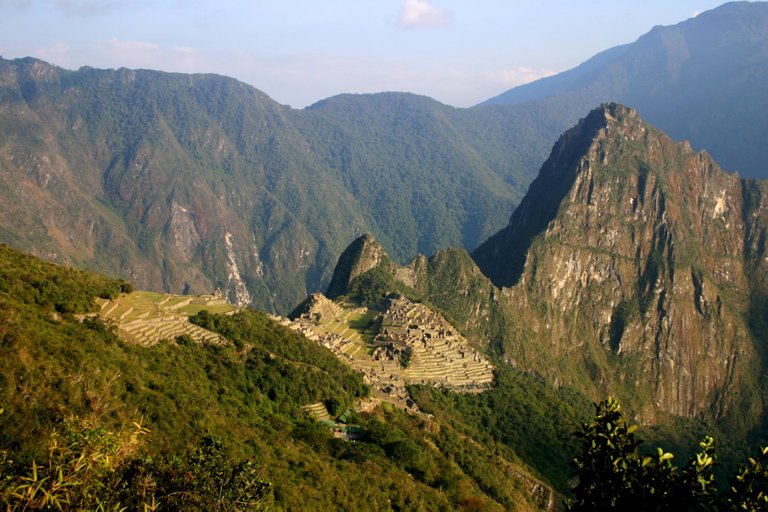
Archaeologists presented evidence that the site was selected because of its position relative to sacred landscape features such as its mountains, which are purported to be in alignment with key astronomical events important to the Incas.
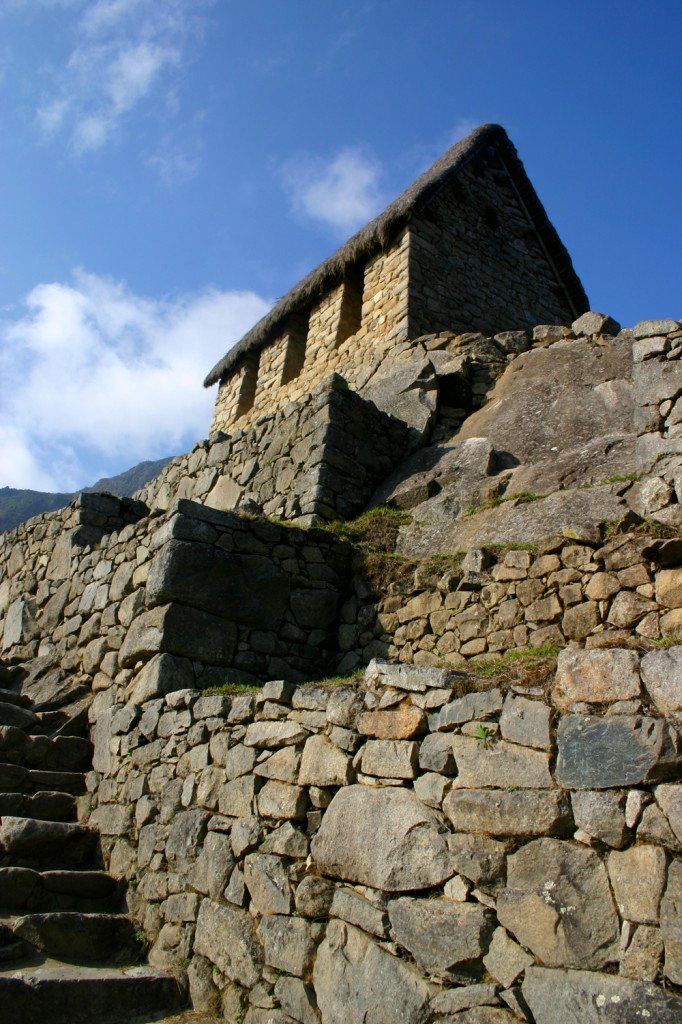
This is the Guard’s House; the first building you would have had to cross through if you were visiting Machu Picchu during the time of the Incas.
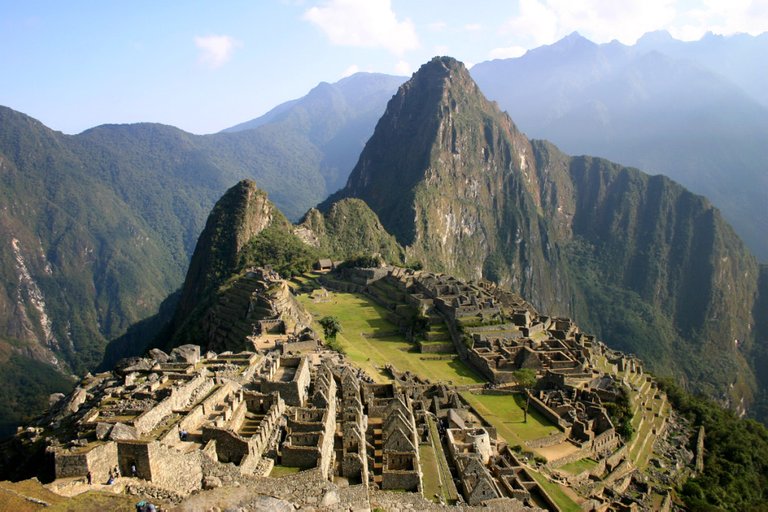
After visitors passed through the guard’s house, this was the view that greeted them. In 1983 UNESCO designated Machu Picchu a World Heritage Site, describing it as “an absolute masterpiece of architecture and a unique testimony to the Inca civilization”.
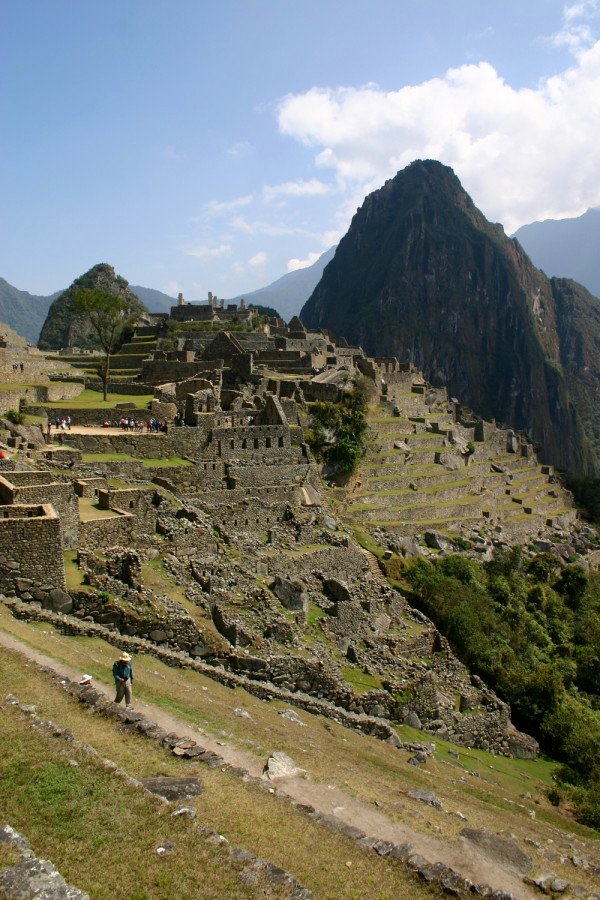
When rediscovered, the ruins didn’t look as we see them today. Most of the outlying buildings have been reconstructed in order to give tourists a better idea of what the structures originally looked like. By 1976, thirty percent of Machu Picchu had been restored. The restoration work continues to this day. On the lower portion of the picture, you can see the part of Machu Picchu that has never been restored. It was left intact to show the original state of the ruins.
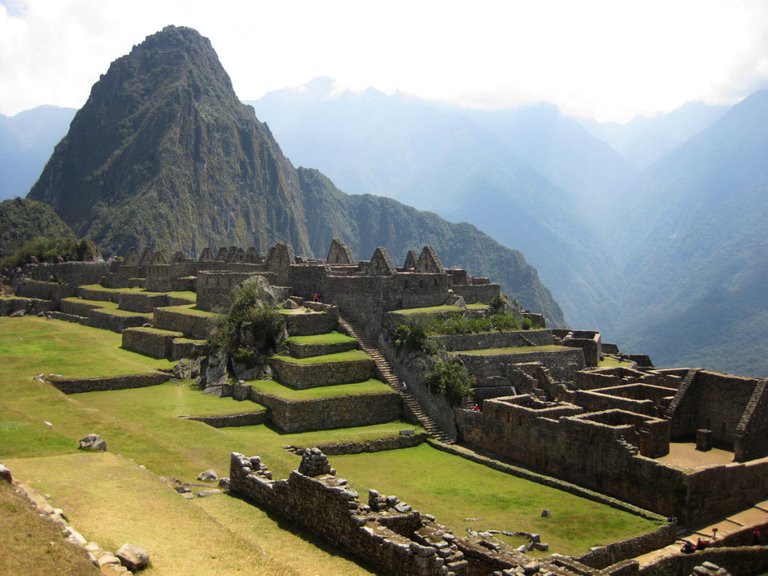
Machu Picchu is divided in three mayor zones; the sacred, residential, and agricultural zones. What you see in this picture is part of the lower residential zone.

The Incas had a superior planning knowledge and they left us proof of this. On the lower portion of the picture you can see a rock scale model of Machu Picchu mountain and Wayna Picchu Mountain, used to plan the development of the citadel
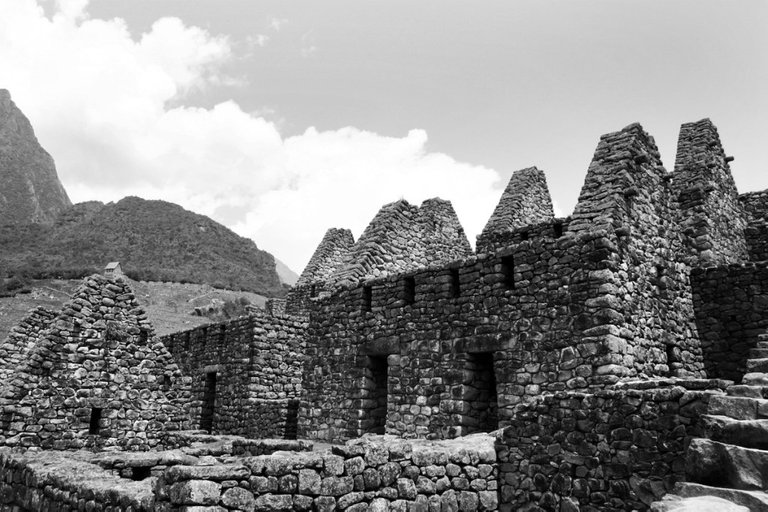
When Bingham arrived at Machu Picchu, there were Quechua families living in the original crumbling structures.
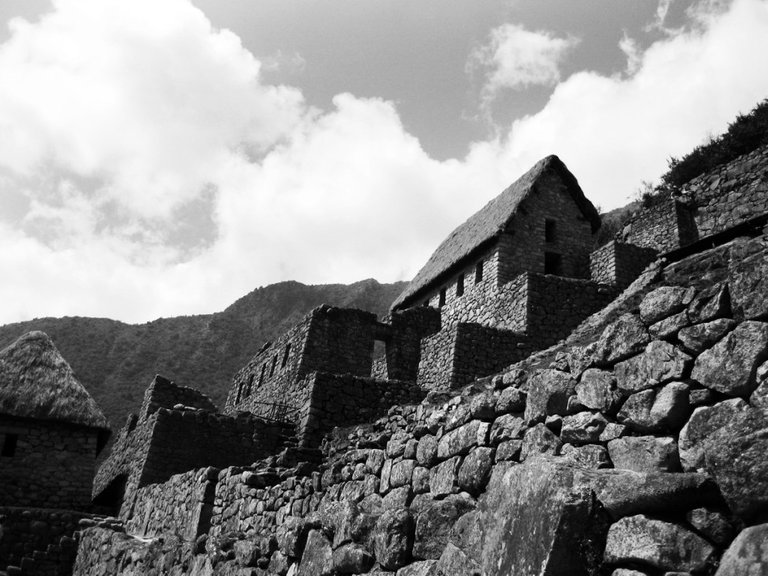
A house restored to show how its original condition might have looked like at the time of the Inca Empire.
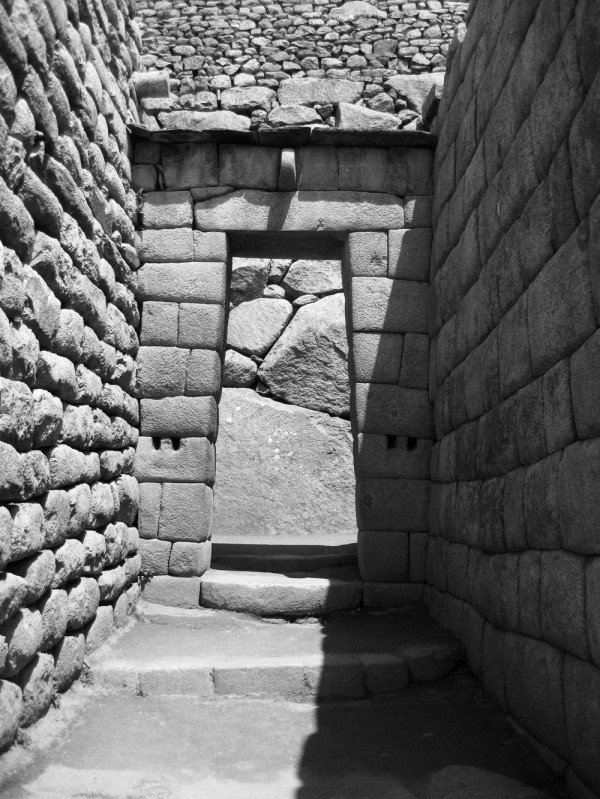
Machu Picchu was built in the classical Inca style, with polished dry-stone walls. This doorway stands between a sacred and a non sacred space. Look at the difference in the stone work between left and right, with the right side being polished, thus enclosing a sacred space.
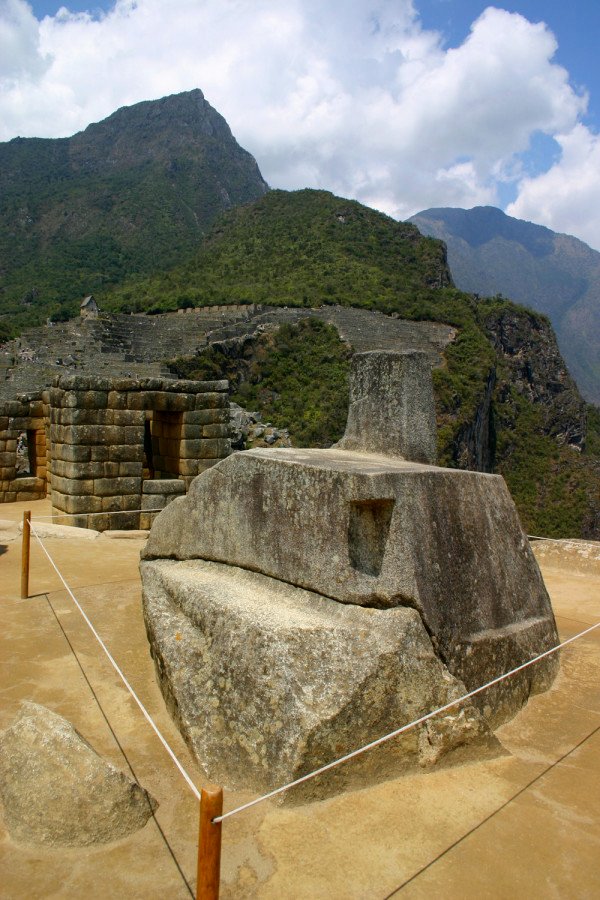
Machu Picchu has three primary buildings are: the Intihuatana, the Temple of the Sun, and the Room of the Three Windows. These are located in what is known by archaeologists as the Sacred District. The stone shown in the image is the Intihuatana Stone, the most sacred and “powerful” stone in Machu Picchu.
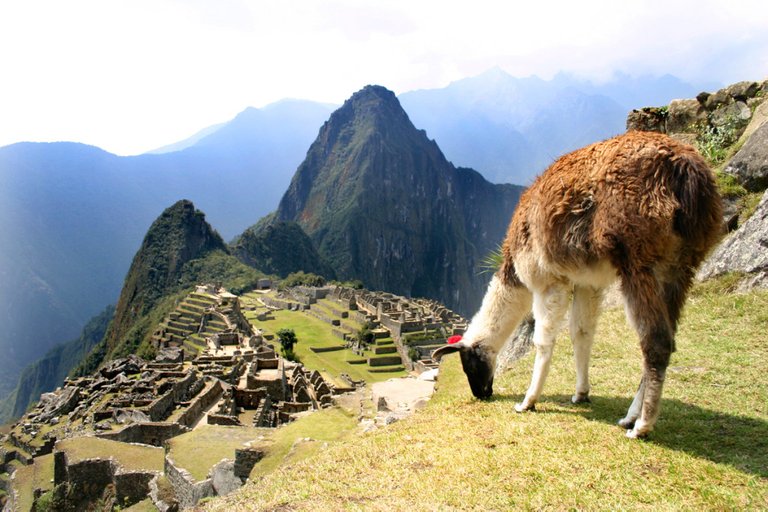
The llamas bring life to the citadel by inhabiting it and by presenting a colorful and interesting sight to visitors.
Although the citadel is located only about 80 kilometers (50 miles) from Cusco, the Inca capital, the Spanish never found it and consequently did not plunder or destroy it, as they did many other sites. For this reason, Machu Picchu is highly significant as a relatively intact cultural site.
Today, more than 300,000 people visit Machu Picchu every year, braving crowds, landslides, and challenging treks to see the sun rise over the aging stone monuments of the “Lost Sacred City” and marvel at the mysterious character of one of the world’s most famous man-made wonders.
Come to Peru is a great place if you want to experience something really different, I hope you liked this article.
Regards.
Congratulations @frefer27! You have completed the following achievement on the Steem blockchain and have been rewarded with new badge(s) :
Click here to view your Board
If you no longer want to receive notifications, reply to this comment with the word
STOPTo support your work, I also upvoted your post!
Congratulations @frefer27! You received a personal award!
You can view your badges on your Steem Board and compare to others on the Steem Ranking
Vote for @Steemitboard as a witness to get one more award and increased upvotes!